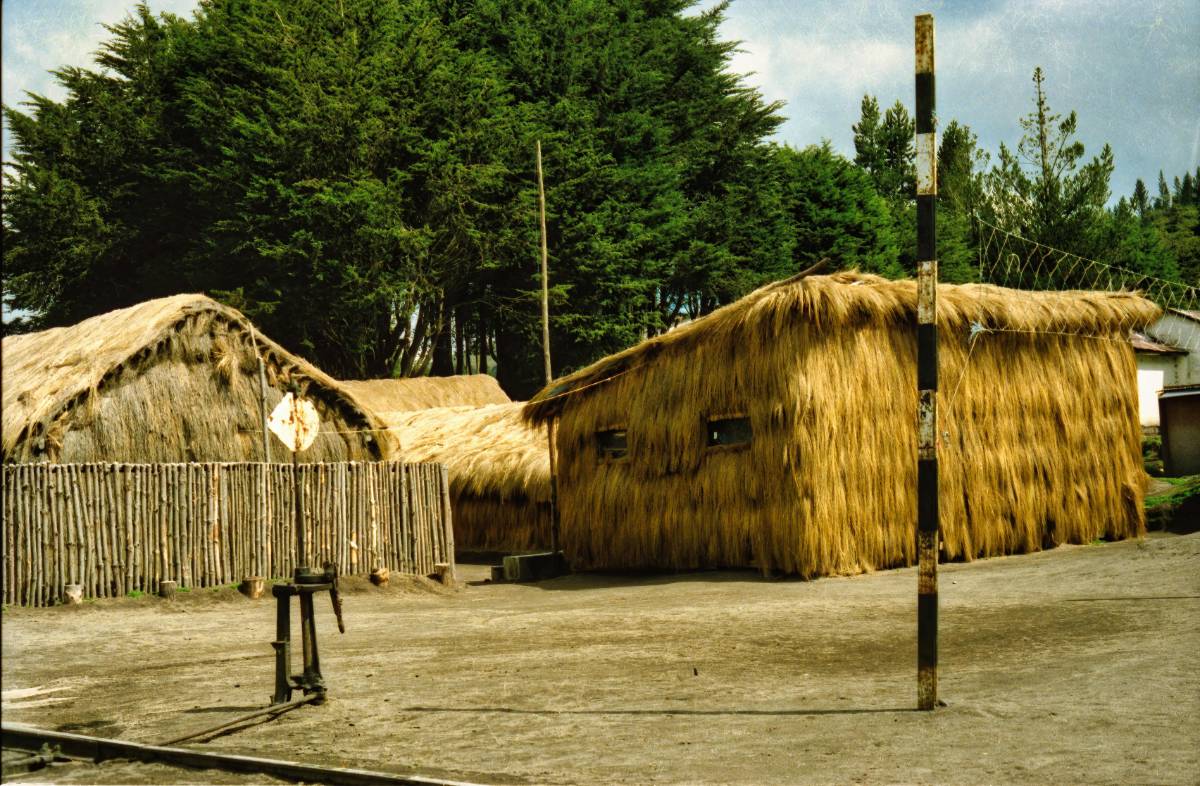
Affordable Sustainable Design: Building Green on a Budget
Sustainable design is often associated with high costs, but building green on a budget is more achievable than ever. By leveraging innovative strategies and affordable materials, eco-friendly construction is becoming accessible to a broader audience.
Budget-Friendly Green Materials
Opting for sustainable yet affordable materials is a practical starting point. Recycled materials like reclaimed wood, brick, and metal are cost-effective and eco-friendly. Bamboo, a renewable resource, offers durability and a chic aesthetic at a fraction of the cost of traditional hardwood.
Low-VOC paints and insulation made from natural fibers, such as sheep's wool or cork, provide sustainable options without straining the budget.
Energy Efficiency on a Budget
Energy-efficient solutions don’t have to break the bank. Installing LED lighting, weather stripping, and programmable thermostats are small investments with significant energy savings over time.
DIY solutions, like installing ceiling fans or adding thermal curtains, enhance energy efficiency and reduce reliance on costly heating and cooling systems.
Water-Saving Features for Less
Incorporating water-saving technologies is an essential part of budget-friendly sustainable design. Low-flow faucets, dual-flush toilets, and rain barrels for water collection are inexpensive yet impactful choices.
Native landscaping, which requires minimal irrigation, is another cost-effective way to conserve water.

Passive Design Principles
Passive design focuses on harnessing natural elements to improve energy efficiency. Designing spaces to maximize natural light and cross-ventilation can reduce energy demands without additional costs.
Strategically placing windows, using light-colored paint, and adding shading devices like awnings or blinds can significantly impact energy efficiency.
DIY Green Solutions
Do-it-yourself projects are a creative way to integrate sustainable design while saving money. Upcycling old furniture, creating composting systems, or building planters from recycled materials are budget-friendly green practices.
DIY solar water heaters or insulation solutions can also help reduce energy costs while embracing sustainability.
Modular and Tiny Homes
The rise of modular and tiny homes demonstrates how sustainability and affordability can coexist. These compact, pre-fabricated structures are energy-efficient and often utilize sustainable materials.
Their smaller footprint reduces environmental impact and construction costs, making them ideal for eco-conscious budgeters.
Long-Term Cost Benefits
While upfront costs may seem higher, sustainable design often results in long-term savings. Energy-efficient appliances, durable materials, and lower utility bills offset initial investments, proving that green building is a cost-effective choice.
Affordable sustainable design is about making thoughtful choices and finding creative solutions. With the right approach, anyone can contribute to a greener future without compromising their financial goals.



